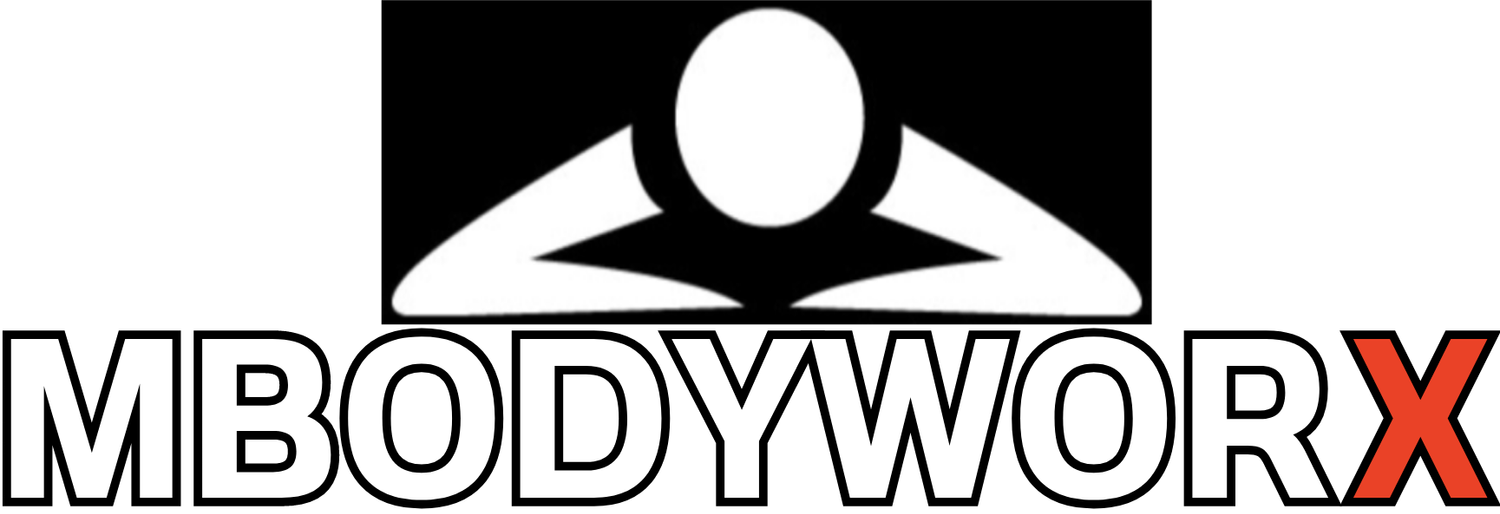PranaMudras
Pranamudras are a type of ancient yoga mudra that have been used for centuries to direct the flow which is symbolic hand gestures used to direct the flow of prana, or life force energy, in the body. The word "mudra" means "seal" or "gesture". The effects of pranamudras can vary based on the particular mudra being used and the individual practitioner. While there is limited scientific evidence to support the claims about the effects of pranamudras, many practitioners have reported increased relaxation, reduced stress and anxiety, improved focus and concentration, increased physical energy and endurance, and a sense of inner peace and balance. Some practitioners also believe that pranamudras can help regulate various bodily systems such as the digestive, respiratory, and endocrine systems and promote overall physical and emotional well-being.
However, as with any complementary or alternative therapy, it is vital to approach pranamudras with caution and consult a qualified practitioner before incorporating them into your routine. It is also important to note that while the effects of pranamudras can vary from person to person, they should never be used as a substitute for medical treatment.
Pranamudra Meaning
Anjali mudra Salutation seal, used as a greeting or farewell
Chin mudra Consciousness seal, used to enhance mental clarity and focus
Adi mudra Primordial seal, used to connect with the universal energy and promote inner peace
Apana mudra Energy seal, used to balance the body's energy and promote physical and emotional well-being
Prana mudra Life force seal, used to increase energy and vitality
Gyan mudra Knowledge seal, used to enhance wisdom and spiritual insight
Varuna mudra Water seal, used to balance the water element in the body and promote overall health
Surya mudra Sun seal, used to stimulate digestion and metabolism
Vayu mudra Air seal, used to balance the air element in the body and promote inner calm
Shunya mudra Emptiness seal, used to reduce physical and emotional pain and promote mental clarity
Sources:Iyengar, B.K.S. (1976). Light on Yoga. Schocken Books.Saraswati, S.S. (2008). Asana Pranayama Mudra Bandha. Bihar School of Yoga.Dash, M., Telles, S. (2001). Yoga Training and Motor Speed Based on a Finger Tapping Task. Indian Journal of Physiology and Pharmacology, 45(1), 37-41.Bhavanani, A.B., Madanmohan, Udupa, K., Krishnamurthy, N. (2012). Immediate cardiovascular effects of pranava pranayama in hypertensive patients. Indian Journal of Physiology and Pharmacology, 56(4), 365-371.Cramer, H., Haller, H., Lauche, R., Dobos, G. (2013). A systematic review and meta-analysis of yoga for hypertension. American Journal of Hypertension, 26(3), 422-429.https://www.yogajournal.com/yoga-101/mudras-101/https://www.healthline.com/health/fitness-exercise/mudra-for-healinghttps://www.ncbi.nlm.nih.gov/pmc/articles/PMC5087489/

